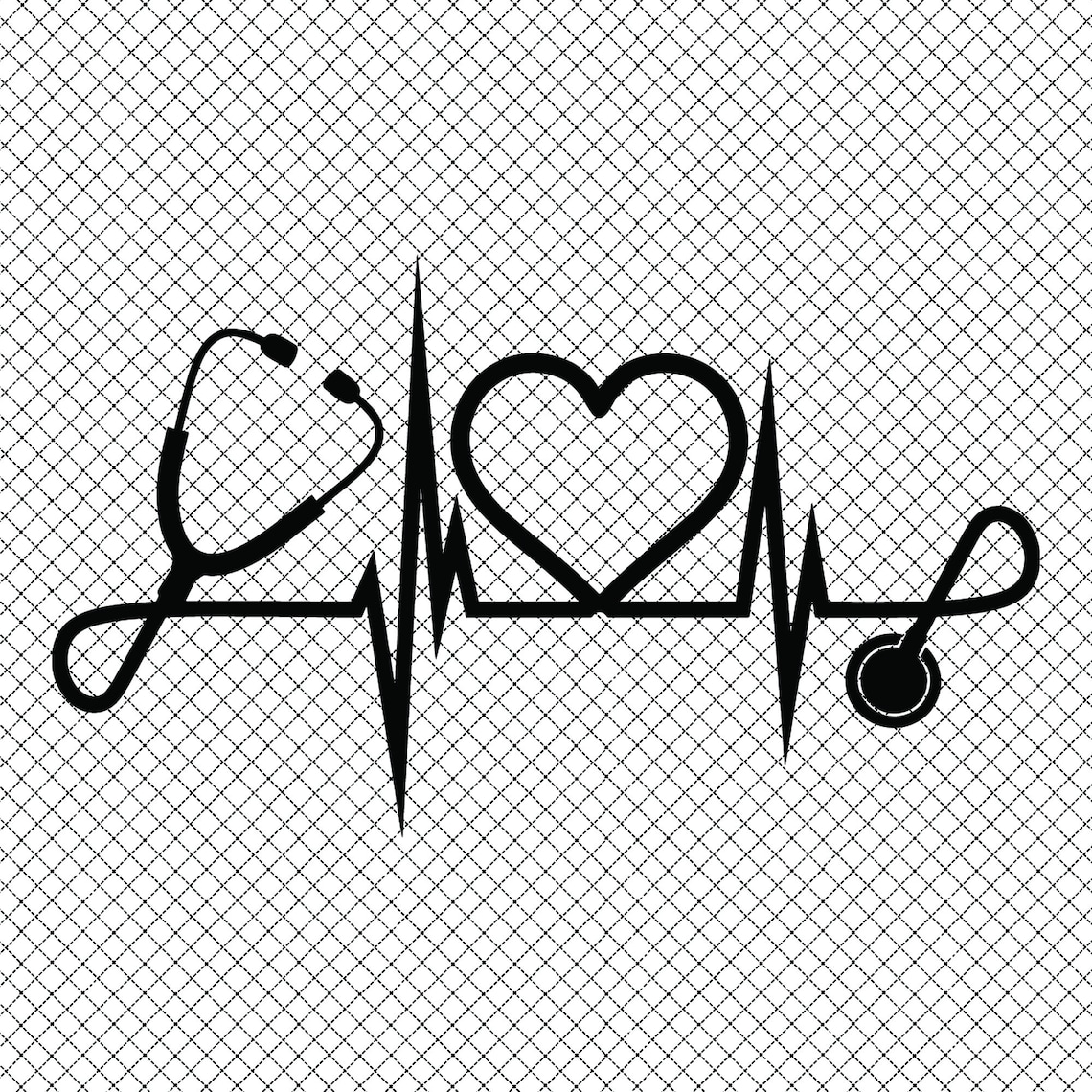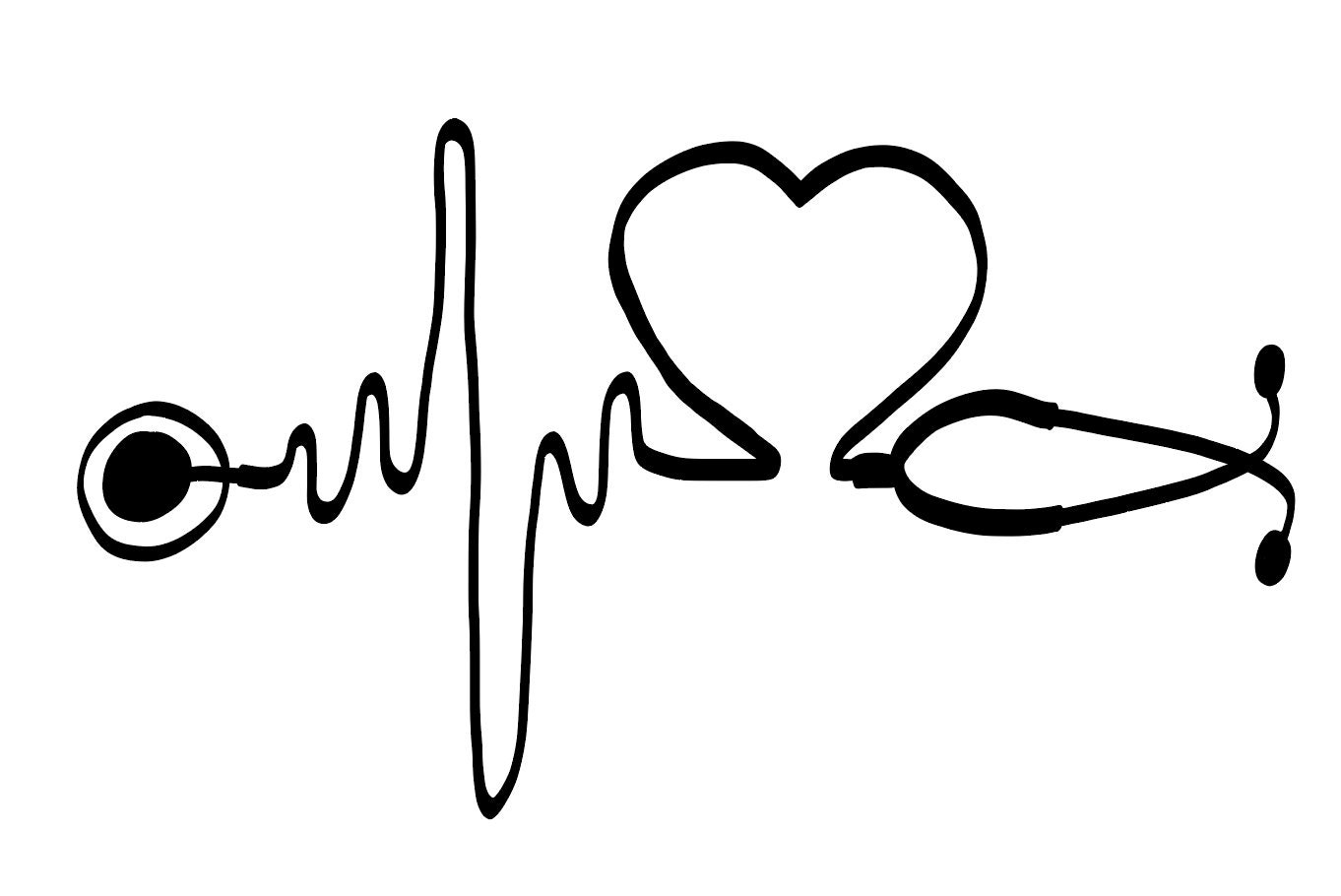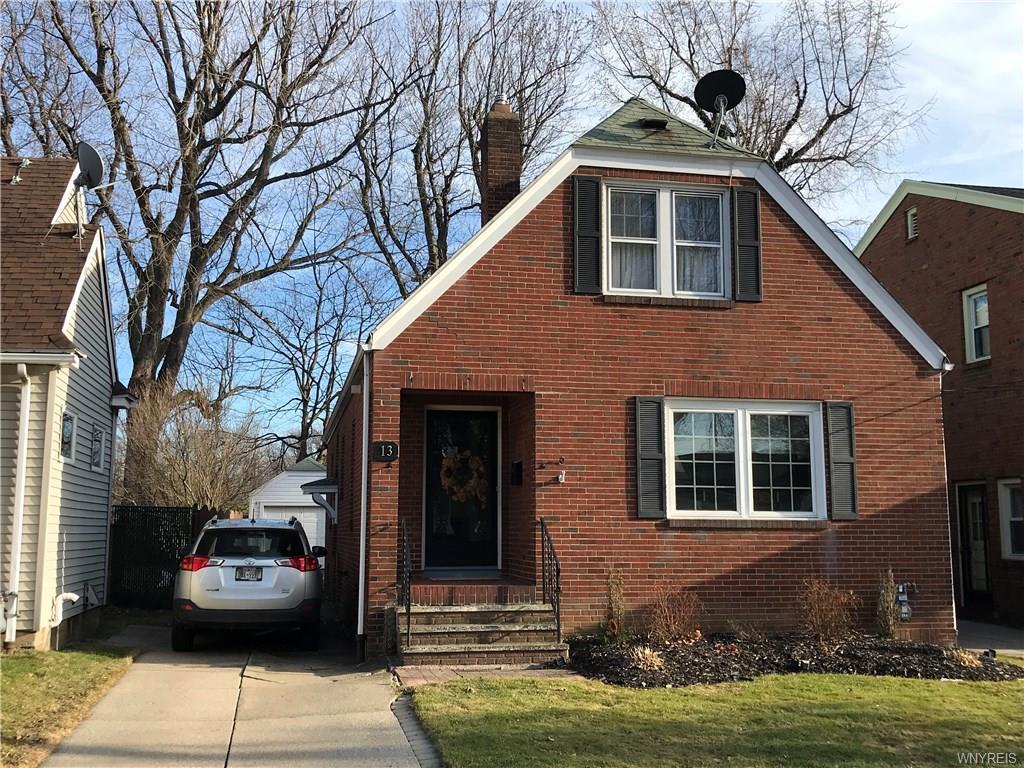Table of Content
Many expecting parents are concerned that they will not hear a heartbeat at their first doctor’s appointment, and some do not. Before panicking, remember that this does not always indicate a problem. Many of them have been found to have less than stellar accuracy—or even play back fake heartbeat sounds. For example, one 2019 study tested 22 apps and none of them could detect a heartbeat at all.
This can be a great option if you are prone to stress and are reassured by listening to the heartbeat between visits to your doctor. However, you should be aware that these monitors are not as strong as the ones used by your doctor. Don't expect them to be able to pick up the sound of the heartbeat until you are in at least your fifth month of pregnancy. A basic stethoscope is one of the easiest ways to listen to the fetal heartbeat at home. When you are between 18 and 20 weeks pregnant, the heartbeat should be strong enough for you to listen to with this method. You may have to move it around a bit to find the heartbeat.
Didn’t hear the heartbeat? Here are some reasons :
Your doctor or midwife will place this handheld ultrasound device on your belly to amplify the pitter-patter of the heart. The chambers of your baby’s heart will have developed enough to be seen more clearly on an ultrasound by weeks 17 to 20 of pregnancy. You will be able to see your baby at nine weeks of age. It will be possible to hear your child’s heart beat for the first time with a Doppler monitor. This can be an emotional moment and you should bring some tissues. The method for calculating a baby’s heartbeat is straightforward.
And having fat on your skin layers creates an impact on you hearing your child’s heartbeat. Your OB has likely heard hundreds — if not thousands — of heartbeats. During pregnancy, the amount of blood circulating around the body increases significantly.
How can you tell if your baby is stressed in the womb?
If a doctor detects a change in your heart’s sound, he or she may be able to diagnose heart failure. When your heart’s valves close, a lubricant dub occurs. Listen to those sounds to see if the doctor can detect any problems with your heart or valves, as well as determine your heart’s rate and rhythm. The majority of heart failure patients have normal heart sounds.

Consider using a fetal doppler at home and failing to detect a heartbeat. You’d probably freak out and rush to the doctor, which is a terrifying experience that isn’t necessary. The quieter your environment, the easier it will be to hear your baby’s heartbeat. By week 9 or 10, your baby’s heart rate is around 170 beats per minute, a rate that will gradually slow down. It will decrease to around 140 beats per minute around week 20. There are a few reasons why you might not be able to hear lung sounds with a stethoscope.
Jump to Your Week of Pregnancy
In terms of the age of the pregnancy, the Doppler could be used as soon as 10 weeks into the pregnancy. However, I would suggest going for this one after 12 to 13 weeks of pregnancy to eliminate any possible chances of unsuccessful outcomes. It combines the function of a stethoscope and a Pinard hole to provide reliable examinations results. Contrary to stethoscopes, it goes directly into the uterus to obtain information about the baby.
Second, if you have a lot of body hair, that can also impede the sound. Third, if you are taking a medication that slows your heart rate, that can make it harder to hear. Finally, if you have an irregular heartbeat, that can make it more difficult to hear as well.
This stethoscope is especially useful for professionals who work in emergency or critical care settings because it provides excellent acoustics. Even when you are using the proper tools, there are many reasons that you may not be able to detect the fetal heartbeat yourself. It's important to know that things such as the baby's position and your weight can impact whether or not you will clearly hear a heartbeat. If you feel there is reason to be concerned, make sure to contact your healthcare provider right away. Hearing a baby’s heartbeat at home is not a difficult task with the right tools.
A normal fetal heart rate during labor can range from 110 to 160 beats per minute, with brief variations outside of this range occurring for various reasons. Some practitioners like to use this at every visit starting from week 12, though many won't hear the heartbeat that early. Using this device takes skill, but experienced practitioners can differentiate what they are listening to.
Be patient.Quality does matter, so make sure to purchase a stethoscope from a reputable seller. You can find a wide variety of brands at your local drugstore, and even at a store selling office supplies. Or borrow one from a friend or family member in the medical field if you can.
Using a stethoscope, you can hear your baby’s heartbeat at home after 20 weeks of pregnancy. While you are using the stethoscope, you don’t have to push the chest piece so hard on your stomach. Just push it gently and slowly to pick up the sound of the fetal heartbeats.
A baby’s heartbeat cannot be heard until about 6 weeks of age, and even that may not be feasible for some. If you can’t hear your baby’s heartbeat, you might be disappointed and even nervous. Regardless of whether the silence is due to a miscarriage or not, it is not uncommon for women to express surprise at their silence. There are a number of non-emergency reasons that a baby’s heartbeat cannot be detected in early pregnancy. Vaginal ultrasound can detect a baby’s heartbeat after a couple of months of pregnancy, measuring heart rate from around 5.5 to 6 weeks. The fetal Doppler is a handheld ultrasound device that can detect a baby’s heartbeat about a week after 10 to 12 weeks of pregnancy.
Make sure to buy a stethoscope of fine quality, which will help the sound to travel fast into your ear. Sometimes, even if I don’t, I like to hear stories from other mothers. I may not be an expert mommy by any means, but I am happy to share what works for mothers out there.












